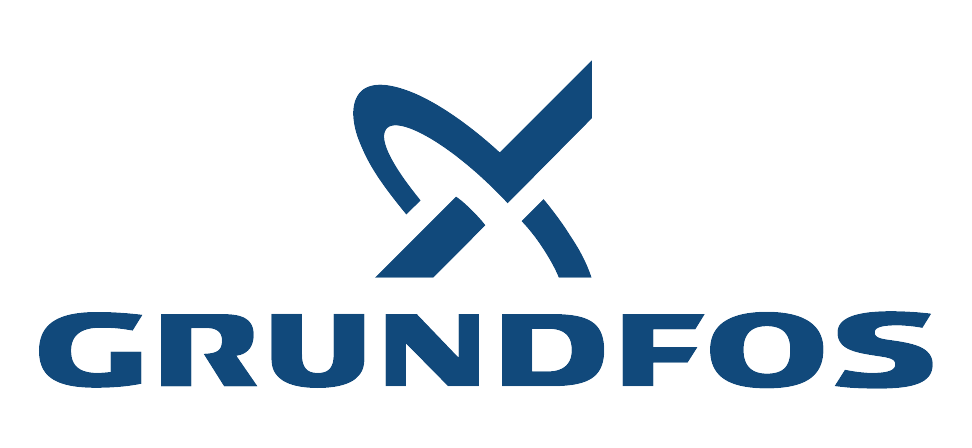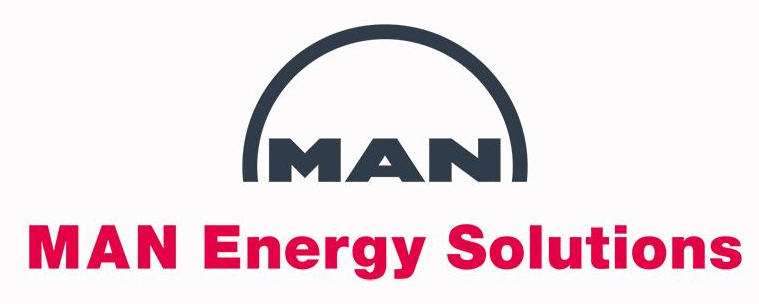AI er i øjeblikket afhængig af store datacentre og centraliserede systemer, hvilket nødvendiggør databevægelse til algoritmer. For at imødegå denne begrænsning udvikler AI sig mod et decentraliseret netværk af enheder, der bringer algoritmerne direkte til dataene. Dette skift, muliggjort af algoritmisk smidighed og autonom datadiscovery, vil reducere behovet for høj-båndbreddeforbindelse og forbedre datasikkerhed og privatliv, hvilket letter realtids edge-læring. Denne transformation drives af integrationen af AI og IoT, som danner “Artificial Intelligence of Things” (AIoT), og fremkomsten af Embedded AI (eAI), der behandler data på edge-enheder fremfor i skyen.
Embedded AI tilbyder øget reaktionshastighed, funktionalitet, sikkerhed og privatliv. Dog kræver det, at ingeniører udvikler nye færdigheder inden for indlejrede systemer. Virksomheder ansætter dataspecialister for at udnytte AI til at optimere produkter og tjenester i forskellige industrier. Dette projekt sigter mod at udvikle værktøjer og metoder til at overføre AI fra skyen til edge-enheder, demonstreret gennem industrielle anvendelsestilfælde.
Projektperiode: 2022-2024
Budget: DKK 16,2 millioner
AI is currently limited by the need for massive data centres and centralized architectures, as well as the need to move this data to algorithms. To overcome this key limitation, AI will evolve from today’s highly structured, controlled, and centralized architecture to a more flexible, adaptive, and distributed network of devices. This transformation will bring algorithms to the data, made possible by algorithmic agility and autonomous data discovery, and it will drastically reduce the need for high-bandwidth connectivity, which is required to transport massive data sets and eliminate any potential sacrifice of the data’s security and privacy. Furthermore, it will eventually allow true real-time learning at the edge.
This transformation is enabled by the merging of AI and IoT into “Artificial Intelligence of Things” (AIoT), and has created an emerging sector of Embedded AI (eAI), where all or parts of the AI processing are done on the sensor devices at the edge, rather than sent to the cloud. The major drivers for Embedded AI are increased responsiveness and functionality, reduced data transfer, and increased resilience, security, and privacy. To deliver these benefits, development engineers need to acquire new skills in embedded development and systems design.
To enter and compete in the AI era, companies are hiring data scientists to build expertise in AI and create value from data. This is true for many companies developing embedded systems, for instance, to control water, heat, and air flow in large facilities, large ship engines, or industrial robots, all with the aim of optimizing their products and services. However, there is a challenging gap between programming AI in the cloud using tools like Tensorflow, and programming at the edge, where resources are extremely constrained. This project will develop methods and tools to migrate AI algorithms from the cloud to a distributed network of AI-enabled edge-devices. The methods will be demonstrated on several use cases from the industrial partners.
Research problems and aims
In a traditional, centralized AI architecture, all the technology blocks would be combined in the cloud or at a single cluster (Edge computing) to enable AI. Data collected by IoT, i.e., individual edge-devices, will be sent towards the cloud. To limit the amount of data needed to be sent, data aggregation may be performed along the way to the cloud. The AI stack, the training, and the later inference, will be performed in the cloud, and results for actions will be transferred back to the relevant edge-devices. While the cloud provides complex AI algorithms which can analyse huge datasets fast and efficiently, it cannot deliver true real-time response and data security and privacy may be challenged.
When it comes to Embedded AI, where AI algorithms are moved to the edge, there is a need to transform the foundation of the AI Stack by enabling transformational advances, algorithmic agility and distributed processing will enable AI to perceive and learn in real-time by mirroring critical AI functions across multiple disparate systems, platforms, sensors, and devices operating at the edge. We propose to address these challenges in the following steps, starting with single edge-devices.
The expected outcome is an AI framework which supports autonomous discovery and processing of disparate data from a distributed collection of AI-enabled edge-devices. All three presented steps will be tested on cases from the industry partners.
Value Creation
Deep neural networks have changed the capabilities of machine learning reaching higher accuracy than hitherto. They are in all cases learning from unstructured data now the de facto standard. These networks often include millions of parameters and may take months to train on dedicated hardware in terms of GPUs in the cloud. This has resulted in high demand of data scientists with AI skills and hence, an increased demand for educating such profiles. However, an increased use of IoT to collect data at the edge has created a wish for training and executing deep neural networks at the edge rather than transferring all data to the cloud for processing. As IoT end- or edge devices are characterized by low memory, low processing power, and low energy (powered by battery or energy harvesting), training or executing deep neural networks is considered infeasible. However, developing dedicated accelerators, novel hardware circuits, and architectures, or executing smaller discretized networks may provide feasible solutions for the edge.
The academic partners DTU, KU, AU, and CBS, will not only create scientific value from the results disseminated through the four PhDs, but will also create important knowledge, experience, and real-life cases to be included in the education, and hence, create capacity building in this important merging field of embedded AI or AIoT.
The industry partners Indesmatech, Grundfos, MAN ES, and VELUX are all strong examples of companies who will benefit from mastering embedded AI, i.e., being able to select the right tools and execution platforms for implementing and deploying embedded AI in their products.
VELUX will increase their competitive edge by attaining a better understanding of the ability to implement the right level of embedded AI into their products. The design of new digital smart products with embedded intelligence, will create value from driving the digital product transformation of VELUX.
The four companies represent a general trend where several industries depend on their ability to develop, design and engineer high tech products with software, sensors and electronic solutions as embedded systems to their core products. Notably firms in the machine sub-industry of manufacturers of pumps, windmills and motors, and companies in the electronics industry, which are manufacturing computer and communication equipment and other electronic equipment. These industries have very high export with an 80 percent export share of total sales.
Digital and electronics solutions compose a very high share of the value added. In total, the machine sub-industry’s more than 250 companies and the electronics industry’s more than 500 companies in total exported equipment worth 100 billion DKK in 2020 and had more than 38.000 employees.[1] The majority of electronics educated have a master’s or bachelor’s degree in engineering and the share of engineers has risen since 2008.[2]
Digitalization, IoT and AI are data driven and a large volume of data will have economic and environmental impact. AI will increase the demand for computing, which today depends on major providers of cloud services and transfer of data. The operating costs of energy related to this will increase, and according to EU’s Joint Research Center (JRC), it will account for 3-4 percent of Europe’s total energy consumption[3]. Thus, less energy consuming and less costly solutions, are needed. The EU-Commission find that fundamental new data processing technologies encompassing the edge are required. Embedded AI will make this possible by moving computing to sensors where data is generated, instead of moving data to computing. [4]All in all, the rising demand and need for these new high-tech solutions calls for development of Embedded AI capabilities and will have a positive impact on Danish industries, in terms of growth and job-creation.
[1] Calculations on data from Statistics Denmark, Statistikbanken, tables: FIKS33; GF2
[2] ”Elektronik-giver-beskaftigelse-i-mange-brancher” DI Digital, 2021
[3] Artificial Intelligence, A European Perspective”, JRC, EUR 29425, 2018
[4] “2030 Digital Compass, The European way for the Digital Decade”, EU Commission, 2021
Projektet skaber ikke kun videnskabelig værdi gennem de resultater, der formidles gennem de fire ph.d.-studerende, men vil også skabe vigtig viden, erfaring og virkelige eksempler, der kan indgå i uddannelse, og dermed skabe kapacitetsopbygning inden for dette vigtige nye område af embedded AI eller AIoT.


Aarhus University
Dept. of Electrical and Computer Engineering

Aarhus University
Dept. of Electrical and Computer Engineering

Copenhagen Business School
Department of Digitalization

Copenhagen Business School
Department of Digitalization

Grundfos

Velux

Indesmatech

Technical University of Denmark
DTU Compute

MAN Energy Solutions

Copenhagen Business School
Department of Digitalization

Aarhus University
Dept. of Electrical and Computer Engineering

Technical University of Denmark
DTU Compute






